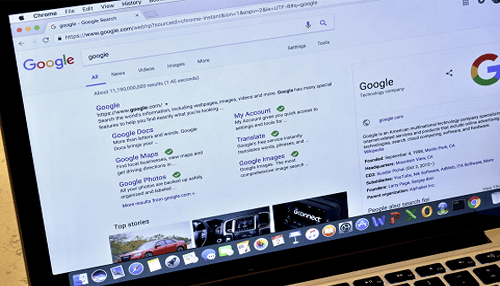Despite the relatively short amount of time the internet has been around, digital advertising is one of the most significant leaps in marketing history. The direction digital advertising is heading continues to become increasingly important as investment in the market grows. But to understand where the trend is going, a deeper comprehension of its evolution should first be gained. Understanding these milestones provides valuable insights into how digital advertising has shaped the way brands communicate and engage with their audiences.
Here are the milestones of the evolution of digital advertising.
1. Banners
The internet began as a means for a select few to exchange digital information. By this premise, using the internet for advertising seems like a stretch. However, as the number of connected people grew, the potential for connecting businesses with consumers became more and more apparent.
According to Wired, it was AT&T who paid for the first banner ad to appear on HotWired. AT&T reportedly paid $30,000 for the banner to stay up for three months. The ad then enjoyed a click-through rate of 44%. Compared to the average rate of 0.06% today, the first banner ad was a resounding success.
2. Pop-ups
Pop-up ads are almost universally hated now. However, in 1997, Tripod.com developer Ethan Zuckerman created the pop-up ad code with good intentions. He wanted a way for advertisements to be seen without being associated directly with the page since some advertisers were worried about that.
Pop-ups were originally thought to replace the declining banner ads. Those hopes were quickly shot down. Eventually, web browsers sported ways to block pop-ups altogether.
3. PPC
As search engines grew in popularity, advertisers began to pay for better placement in search results. In 1999, the search engine GoTo.com first offered this deal to advertisers. Over time, this system turned into pay-per-click.
In pay-per-click, advertisers bid to be placed higher on search results, on a per-click basis. This led to search results filled with companies who paid to be there and users who had no clue which ones were relevant and which ones simply paid for the privilege.
Google’s AdWords in 2000 tried to earn revenue without compromising the search’s integrity. AdWords introduced a Quality Score model that determined the placement of ads. The system is still in use today.
4. Social Media Targeted Ads
When social media started gaining popularity in the mid-2000s, advertisers tried to incorporate ads that were non-intrusive but effective. In 2006, Facebook started working with advertisers. The collaboration resulted in ads targeted at users’ demographics and interests. This targeted approach is now standard for most advertisers, compared to the deluge of content that used to be the case.
5. Native Ads
The rise of websites like BuzzFeed has shown advertisers how sponsored content and native advertising is profitable. This gave way to advertisers paying for creators to produce articles, videos, and other types of content that are essentially ads but read and play organically for the creator’s page. This technique maintains and even supplements the user experience while giving advertisers a chance to promote their products.
6. The Future
Based on the milestones mentioned above, the trend of digital advertising seems to pivot to the direction of incorporating advertisements into content that is relevant and valuable for the user. User experience is given increasing importance as the medium continues to mature. Ads now are more careful and subtle compared to the loud and obnoxious past. The future of the industry banks on the further evolution of these digital ad hacks.



